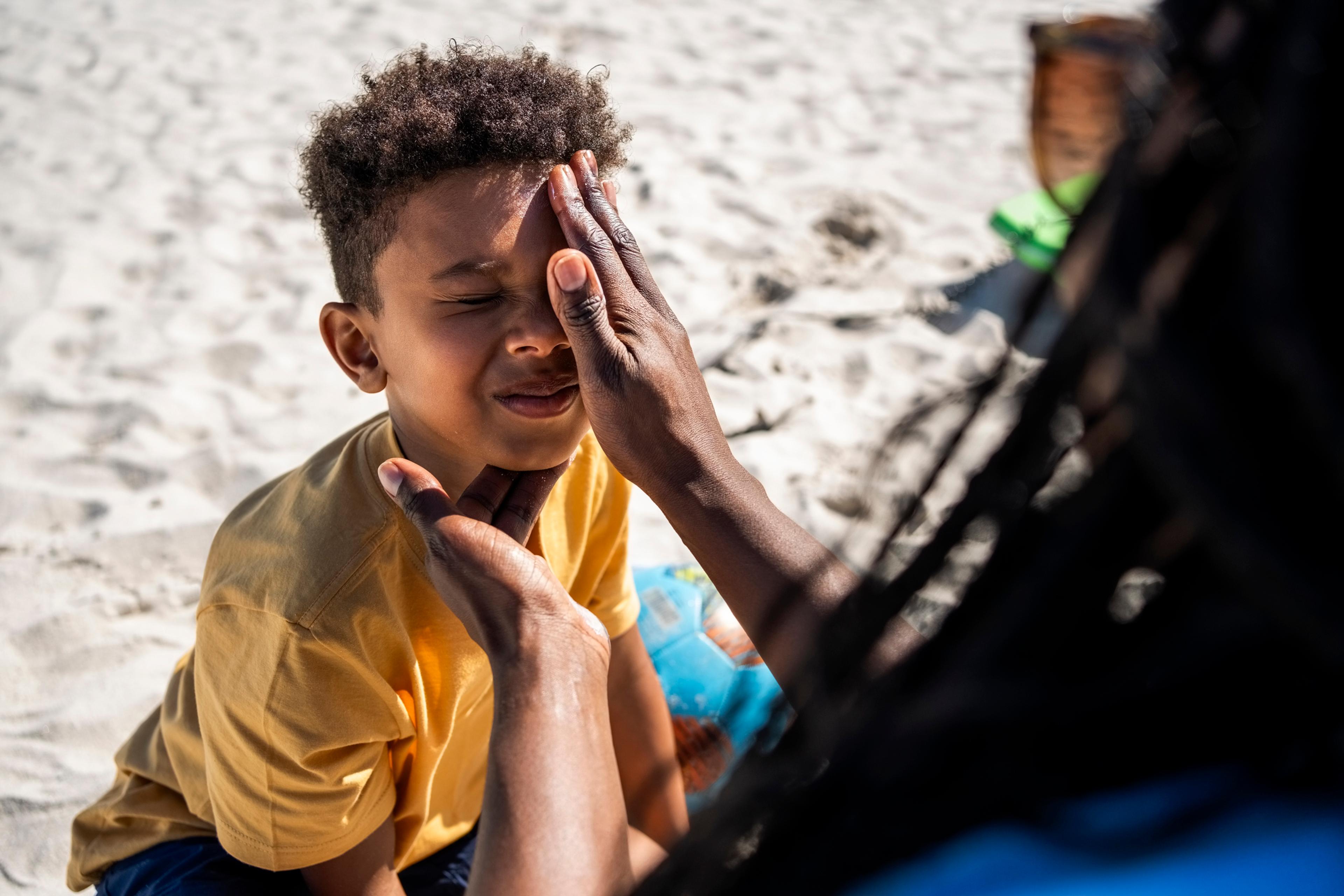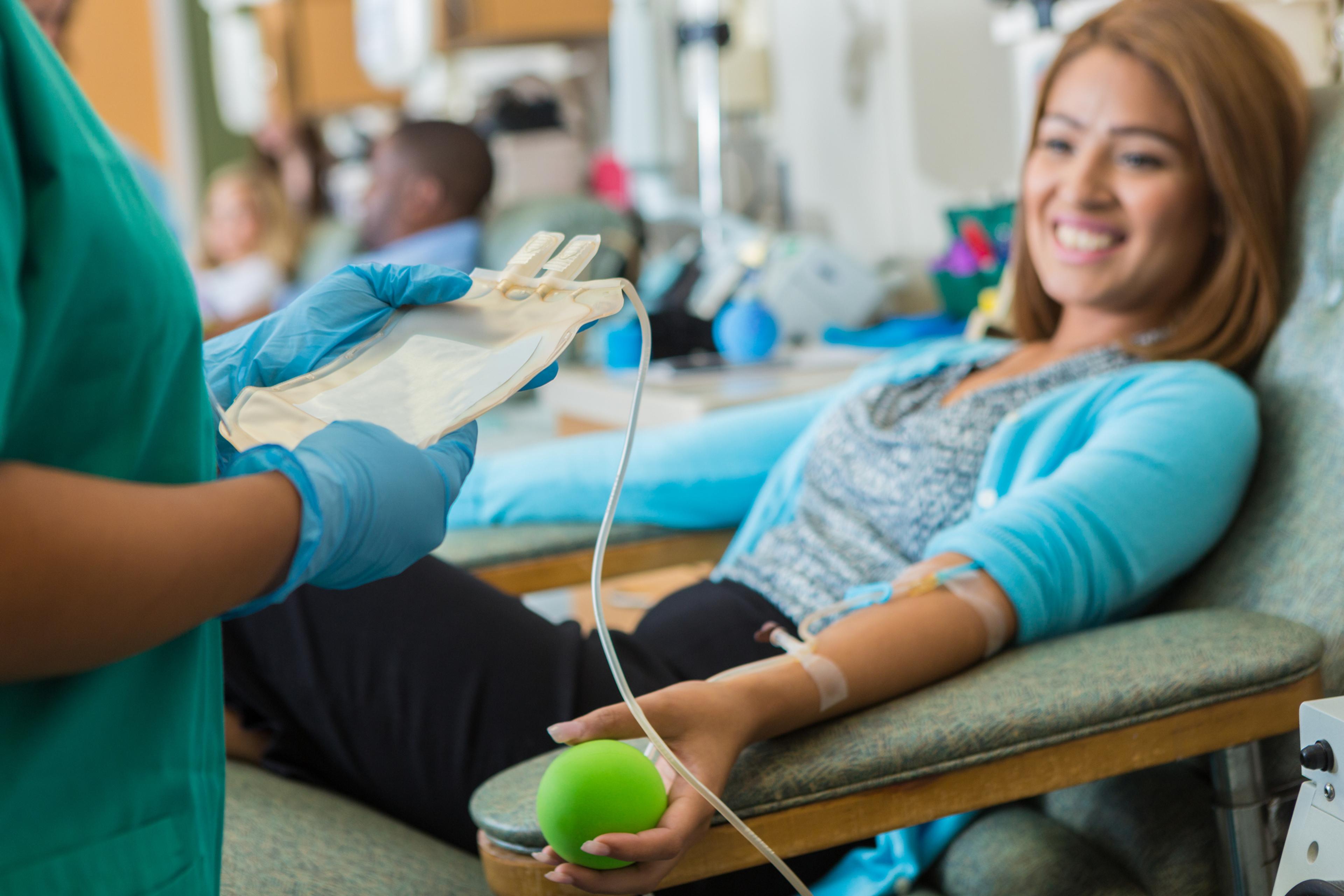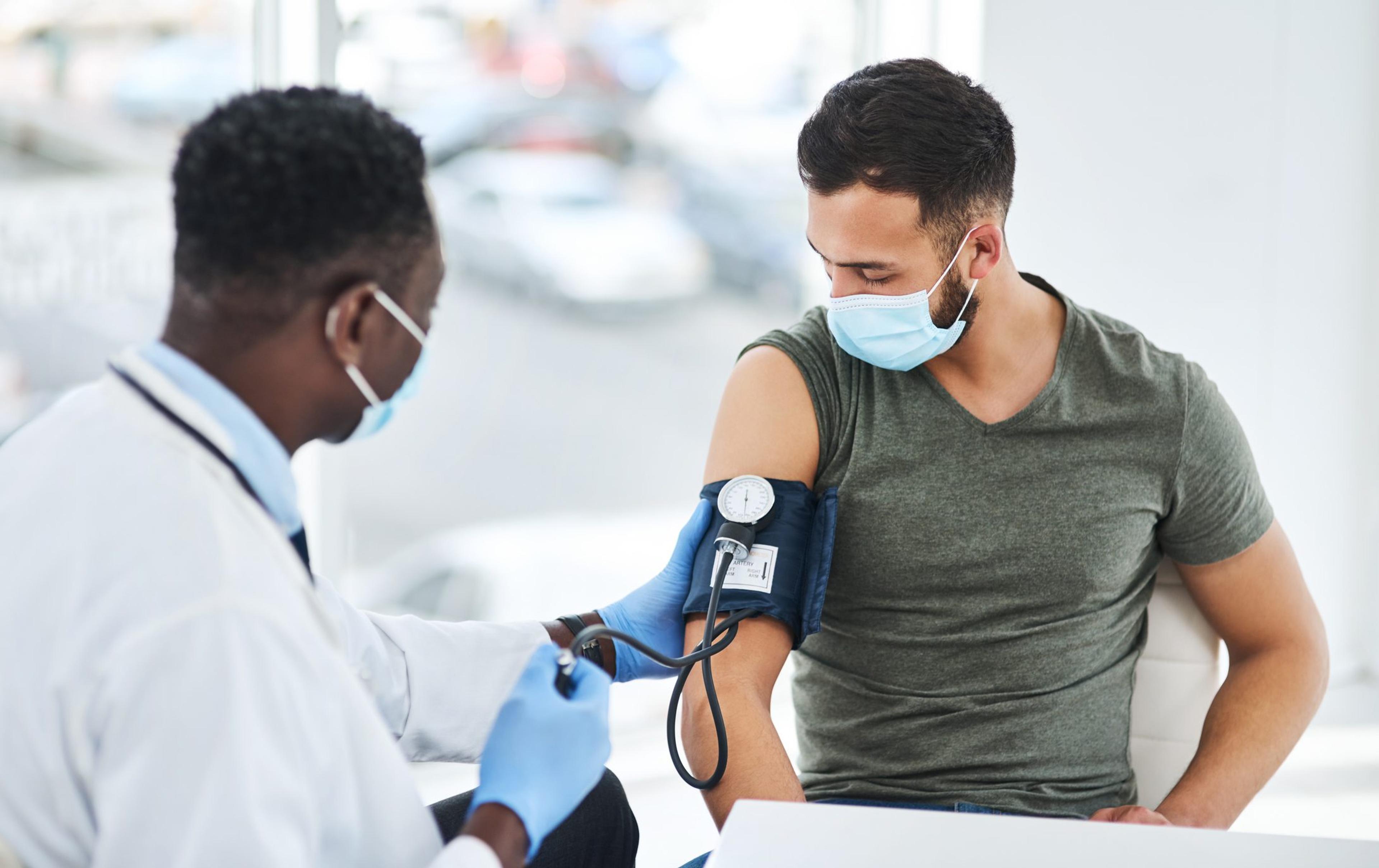Why You Should Pay Attention to the UV Index

Lauren Coin
| 3 min read
Lauren Coin is a summer 2025 Corporate Communications intern. She studies journalism and public relations at Michigan State University.

Summer means more time outside in the sunshine; and while vitamin D is important, it’s also essential to take precautions against potentially harmful ultraviolet (UV) rays.
One preventative measure you can take is checking the UV Index.
What is the UV Index?
The UV Index is a daily forecast of the expected intensity of UV radiation from the sun. It was developed by the World Health Organization to encourage people to reduce their sun exposure. The standardized linear scale ranges from zero to 11with levels from low to extreme. The higher the number, the greater the risk of harm from unprotected sun exposure.
Recommendations from the U.S. Environmental Protection Agency (EPA)are issued based on severity:
- 0-2 (Low): You can safely enjoy being outside with minimal sun protection.
- 3-5 (Moderate): Take precautions if you are outside. Wear protective clothing such as a hat and sunglasses. Use sunscreen with SPF 30 or higher.
- 6-7 (High): Protection against sun damage is necessary. Wear protective clothing such as a long-sleeved shirt and pants. Use sunscreen with at least SPF 30.Reduce your exposure to the sun’s strongest UV rays by seeking shade.
- 8-10 (Very High): Protection against sun damage is necessary. Wear protective clothing and sunscreen. Reduce your exposure to the sun’s strongest UV rays by seeking shade.
- 11+ (Extreme): Protection against sun damage is necessary. Wear protective clothing and sunscreen. Reduce your exposure to the sun’s strongest UV rays by seeking shade. Beachgoers should note that white sand and bright surfaces can reflect sunlight and double UV exposure.
Why is the UV Index important?
The UV Index is crucial for understanding the intensity of UV radiation. Knowing when levels are highest can help prevent health risks associated with sunlight overexposure, such as skin cancer, premature aging and eye damage, according to the Cleveland Clinic.
Melanoma is the most serious form of skin cancer and is now one of the most common cancers among young adults ages 15 to 29, according to the EPA. UV exposure and sunburns are risk factors for the disease.
What affects the strength of UV rays?
There’s a variety of factors that affect the strength of the sun’s UV rays and determine the index, per the National Oceanic and Atmospheric Administration. Time of day is a key factor. Generally, UV rays are the highest from 10 a.m. to 4 p.m.
Time of year also plays a role, with higher UV levels in the spring and summer. Higher elevations and places closer to the equator typically see stronger UV rays. Bright surfaces such as sand, water and snow can reflect sunlight and double UV exposure.
Cloud coverage can also impact the index, although thin or scattered clouds don’t make much of a difference.
How can I protect myself from the sun?
It’s important to protect yourself from UV radiation no matter what level the index is at. Here are some ways to keep your skin safe:
- Apply sunscreen 15 minutes before going outside and use SPF 30 or higher. Reapply sunscreen every two hours.
- Wear protective clothing like a hat with a wide brim, long sleeves or pants.
- Limit your time in the sun when UV rays are highest and seek shade whenever possible.
- Use sunglasses that have UV protection.
Image: Getty Images
Related:





